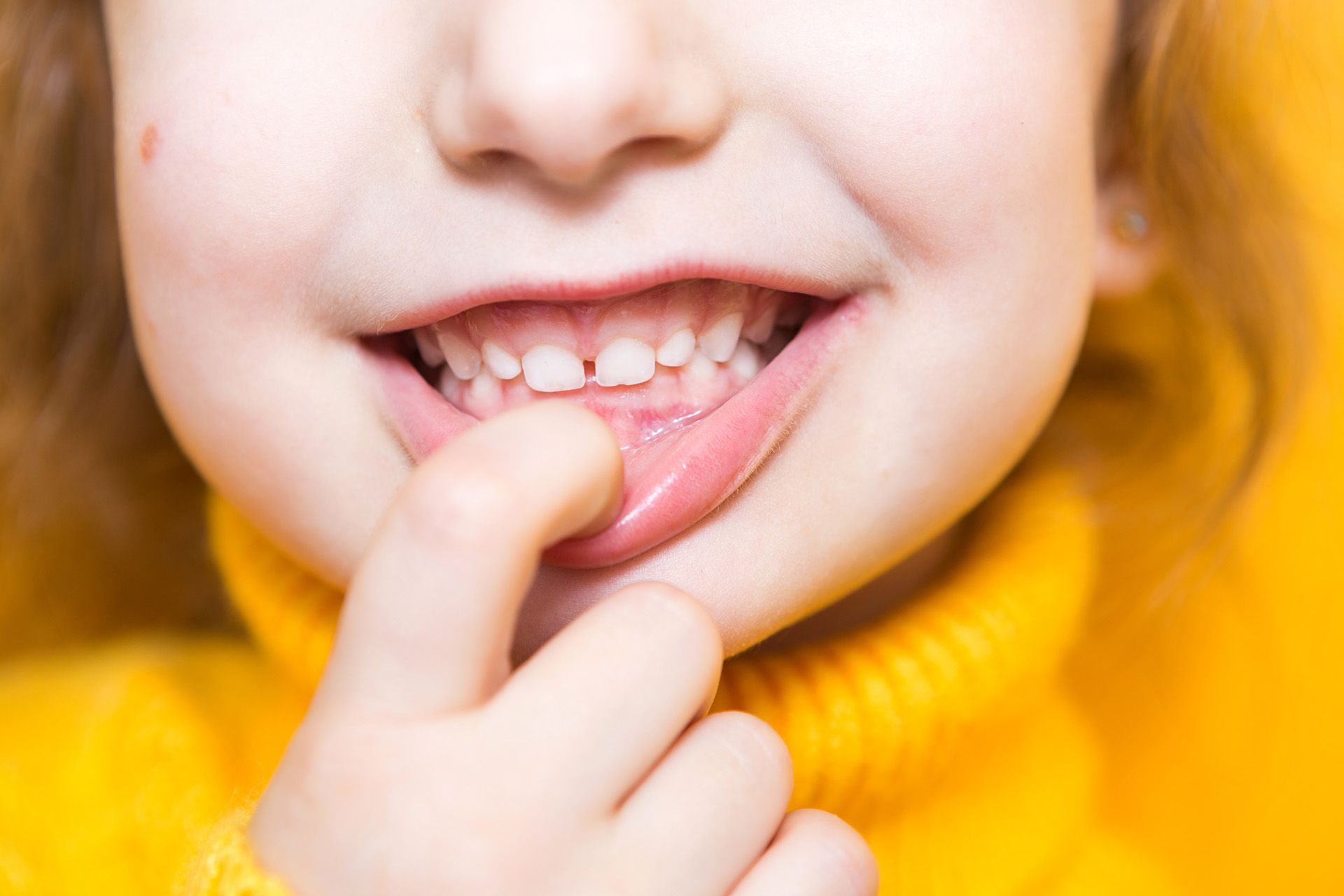Comprehensive Guide to Fillings and Baby Teeth
Ensuring your child's dental health involves understanding the role of fillings for baby teeth. These milk teeth, although temporary, are vital for various developmental functions such as speech, nutrition, and guiding permanent teeth into their proper alignment. Primary teeth cavities can develop in these delicate teeth, causing discomfort and potential complications if not addressed. This guide explores fillings and baby teeth, speaking to why treating milk teeth cavities is crucial, when fillings are necessary, the types of fillings used in pediatric dentistry, and how to prevent primary teeth cavities, ensuring your child's smile remains healthy and vibrant.

Why Treating Cavities in Baby Teeth is Crucial
Baby teeth, also known as milk teeth, serve as essential placeholders for permanent teeth, aiding in their correct positioning. They are crucial for proper chewing and the development of oral motor skills necessary for speech. Primary teeth cavities can lead to premature loss, misalignment of permanent teeth, and speech difficulties. Beyond dental concerns, untreated cavities can cause infections that affect a child's ability to eat, sleep, and concentrate, potentially impacting overall health and development.
Moreover, the condition of a child's baby teeth directly affects their nutrition. Healthy teeth allow children to chew food properly, crucial for a balanced diet. Pain from milk teeth cavities can lead children to avoid certain foods, resulting in nutritional deficiencies. Addressing cavities early helps maintain a diet rich in essential nutrients, supporting overall health and growth.
Determining When Fillings Are Necessary
Identifying when fillings are needed for baby teeth is key to maintaining oral health. Visible discoloration or dark spots on teeth, along with sensitivity or pain when eating or drinking, are primary signs of cavities that may require treatment. However, not all cavities need immediate fillings. The extent of decay, the child's age, and future dental health risks influence the decision to fill or monitor the cavity. Regular dental check-ups can be recommended to observe the decay, especially for very young children where treatment options may be complex.
Age is a critical factor in deciding on fillings. For children under three with substantial decay, a filling might be necessary. For older children, cavities in baby teeth may require fillings, particularly if the teeth are close to falling out. Timely treatment prevents discomfort and ensures a smooth transition to adult teeth.
Exploring Types of Fillings in Pediatric Dentistry
Pediatric dentists use various filling materials to treat cavities in baby teeth, including amalgam, composite resin, and glass ionomer. Amalgam is a durable metal alloy, while composite resin is a tooth-colored material that blends naturally. Glass ionomer releases fluoride, offering additional decay protection.
Tooth-colored fillings like composite resin are aesthetically pleasing, boosting children's confidence by matching their natural teeth. They also bond well to tooth structure, helping preserve the tooth's integrity. Each filling type has strengths: amalgam is highly durable, composite fillings offer a balance of aesthetics and durability, and glass ionomer provides benefits for younger children or less stressed areas.
Preventing Cavities in Baby Teeth
Establishing good oral hygiene practices is critical for preventing cavities in baby teeth. Begin by cleaning your child's gums with a damp washcloth even before teeth emerge. Use a soft-bristled toothbrush and a small amount of fluoride toothpaste once the first tooth appears. Encourage brushing twice a day to make it a fun routine.
Diet significantly impacts cavity risk. Limit sugary snacks and drinks, opting instead for a balanced diet rich in fruits, vegetables, whole grains, and dairy products, which promote overall health and strengthen teeth. Encourage drinking water, especially after meals, to wash away food particles and sugar.
Regular dental check-ups are vital. Schedule the first visit by their first birthday or within six months of the first tooth's appearance. These visits allow monitoring of dental development, preventive care, and early issue identification. This proactive approach maintains a
healthy, bright smile for your child.









